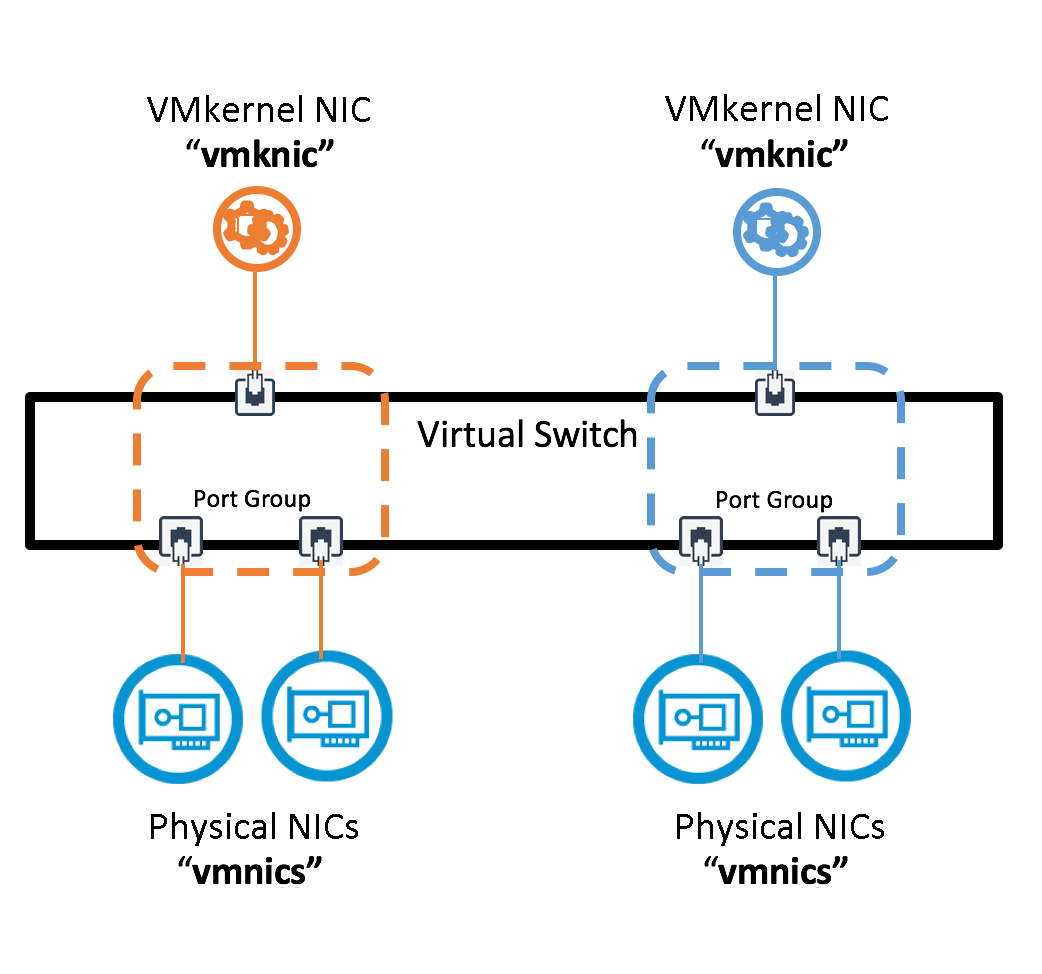
Above we can see that vmnic2 and vmnic3 from the ESXi host is connected to certain physical switch ports. Now it is easy to verify the exact ports on the physical switch attached to the specific ESXi host. Above is the new configuration box on the Web Client of vSphere 5.1. This could either be a new Distributed vSwitch or an already existing 4.0, 4.1 or 5.0 switch that is upgraded to version 5.1.Įven if it is not needed technically for LACP, it is always good to enable LLDP to make the configuration on the physical switch simpler.

To use dynamic Link Aggregation setup you must have ESXi 5.1 (or later) together with virtual Distributed Switches version 5.1 (or later). On the earlier releases of ESXi the virtual switch side must have the NIC Teaming Policy set to “ IP Hash” and on the physical switch the attached ports must be set to a static Link Aggregation group, called “ Etherchannel mode on” in Cisco and “ Trunk in HP Trunk mode” on HP devices. Some common configuration errors did however this kind of setup somewhat risky, but will now be easier in ESXi 5.x. To be able to combine several NICs into one logical interface correct configuration is needed both on the vSwitches and on the physical switches. With vSphere 5.1 and later we have the possibility of using LACP to form a Link Aggregation team with physical switches, which has some advantages over the ordinary static method used earlier. LACP – Link Aggregation Control Protocol is used to form dynamically Link Aggregation Groups between network devices and ESXi hosts. How to configure and verify the new LACP NIC Teaming option in ESXi.


LACP support is available on ESXi 5.1, 5.5 and 6.0.


 0 kommentar(er)
0 kommentar(er)
